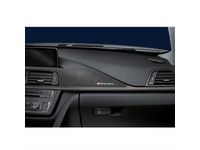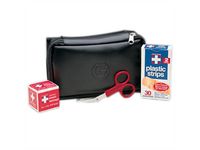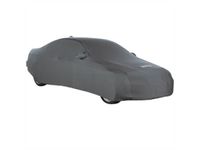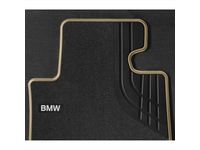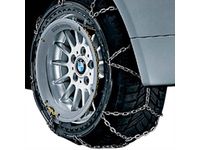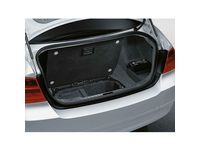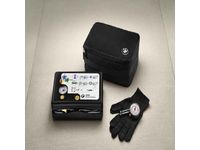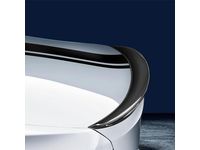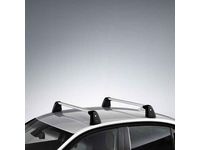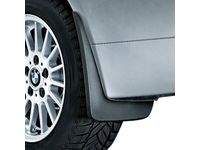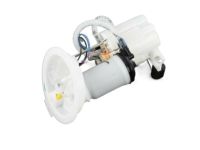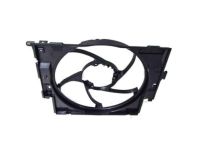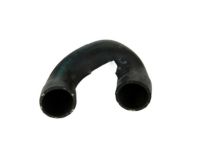- Live Chat
- 1-888-580-1680

Why choose BMWPartsDeal
- Genuine Parts
BMWPartsDeal.com is the best source to buy genuine BMW 328i parts that add a special touch of care to your vehicle. If you're looking to buy new BMW 328i parts and accessories, we feature parts with OEM standards. Our team uses the most trusted components to ensure optimal fit and durability for your vehicle.
- Low Prices
Are you shopping on a budget? To compete in the car market with better quality, better designs, and more cost efficiency we offer parts that meet each specific BMW 328i's specifications at unbeatable prices. BMWPartsDeal.com has the best deals on competitively costly BMW 328i parts so you can restore your car in no time. We offer unbeatable prices without sacrificing the quality.
- Quick Shipping
We too are known for processing orders quickly and efficiently. Shopping on BMWPartsDeal.com is the easiest way to get your genuine BMW 328i parts. All the parts on our website are on hand and ready to ship straight to your door once your order has been made.
Popular Genuine BMW 328i Parts
- Engine Parts View More >
- Front / Rear Axle Parts View More >
- Vehicle Electrical System Parts View More >
- Vehicle Trim Parts View More >
- Engine Electrical System Parts View More >
- Brakes / Pedals / Wheels Parts View More >
- Cooling / Exhaust System Parts View More >
- Steering / Drive Shaft Parts View More >
- Fuel System Parts View More >
- Bodywork Parts View More >
- Heater and Air Conditioning Parts View More >
- Lighting Parts View More >
Shop Genuine BMW 328i Parts with BMWPartsDeal.com
The BMW 328i is a compact executive car manufactured and marketed by the German automaker BMW and was a part of the whole 3 series. Throughout its history, it was one of the best-selling models among the brand and has received numerous awards. In the BMW 3 Series, customers often find four-cylinder engines that strike a balance between performance and fuel efficiency. These engines may incorporate BMW's TwinPower Turbo technology, which pairs a twin-scroll turbocharger with direct fuel injection. This configuration delivers responsive power while maintaining good fuel economy. Some of the sportier 3 Series trims feature six-cylinder engines, offering more horsepower and torque for an exhilarating driving experience. These inline-six engines are recognized for their smooth power delivery. The 3 Series employs an eight-speed automatic transmission, known for its seamless and quick gear shifts, contributing to a smooth and efficient driving experience. This transmission also plays a role in improving fuel economy. Many 3 Series models come equipped with BMW's xDrive all-wheel-drive system, which enhances traction and stability, especially in challenging road conditions. This feature appeals to buyers who prioritize all-weather performance. Standing out as an excellent model of BMW 3 series, the first 328i was launched in 1990, which was the third generation of the whole series coded as E36. The car was equipped with an M52B28 6-cylinder engine, which produced 142 kW (190 hp) at 5,500 rpm and 280 Nm (207 lb-ft) torque at 3,950 rpm. The E46 version was produced from 1998 to 2000 and was equipped with a 2.8 L M52TUB28 inline-6, with a 142 kW (190 hp) output and 280 Nm (207 lb-ft) torque. Then the BMW 328i came to the E90 version in September 2007 and lasted for five years. The engine was changed to the N53B30 straight-6 N.A. and the power was increased to 172 kW (231 hp) at 6,500 rpm and 270 Nm (200 lb-ft) at 2,750 rpm. The F30 generation of BMW 328i was produced between 2012 and 2015, using an N20B20 straight-4 engine and a 6-speed manual or an 8-speed automatic transmission. For the interior, it was installed with heated front seats, split-fold rear seats, satellite navigation, and a widescreen display located in the center console. This car is a great example of BMW's promise of luxury and quality in their vehicles.
The BMW 328i has three primary issues across several model years as reported by owners. The first one is engine and cooling system problems such as: Misfiring VANOS bolts causing engine stalling and misfiring; Engine knocking sounds indicative of internal mechanical problems. These problems sometimes coincide with existing recalls but their solutions are not found immediately causing significant inconvenience and safety concerns for owners. Secondly, electrical systems' faults are numerous with some being mild ones like dim headlights or non-functioning signals while others serious like short circuit within the electrical system or central locking problems. When these electrical issues occur in the vehicle, it does not only hinder its performance but also it raises safety issues because a sudden car stall may occur at any time. Finally, there is a notable issue on airbag system in the BMW 328i. Reports include malfunctions in the passenger restraint system, defective airbag sensor mats, and instances where airbags failed to deploy during collisions. The airbag-related issues are particularly alarming as they directly compromise passenger safety. The repeated occurrences of these issues in BMW 328i are strongly indicative that the owners should frequently check their cars for maintenance, recall notifications or authorized service centers for a safe and reliable vehicle.
Original equipment manufacturer parts provide exceptional performance and boast first-rate durability. This is attributed to their adherence to BMW's official manufacturing methods, utilization of high-quality materials, and compliance with stringent quality standards. Should you require any OEM BMW 328i parts, such as Gearshift / Clutch/ Transmission, our website should be your go-to destination. We boast an extensive selection of genuine 328i parts, offered at prices that outshine even the most affordable aftermarket alternatives. Plus, our easy return policy and rapid delivery service are designed to provide you with the most satisfying shopping experience possible.
BMW 328i Parts Questions & Answers
- Q: How to remove and install a high-pressure pump on BMW 328i?A: To remove the fuel system, start by relieving the fuel system pressure and disconnecting the negative battery cable. Then, remove the engine cover, strut tower crossbrace, and sound insulator. Next, remove the ignition coils and disconnect the high-pressure line pipe fittings. Loosen and disconnect the feed pipe fitting on the high-pressure pump, and disconnect the electrical connector from the pump. Loosen the high-pressure fuel pump bolts and remove the pump, making sure to replace the bolts and O-ring. To install the pump, ensure the camshaft lobe is at its Bottom Dead Center (BOC) base circle. Lubricate and install the bucket tappet, then set the pump into the cylinder head and tighten the bolts evenly. Finally, reconnect the negative battery cable, start the engine, and check for fuel leaks.
- Q: How to remove and install the Cooling Fan Assembly and Fan Shroud on BMW 328i?A: Remove the bolts and air intake hood from the radiator support, disconnecting the intake hose. For automatic models, remove the engine splash shield. Detach the transmission cooler from the fan shroud without disconnecting hoses. Disconnect the fan motor connector and unclip the coolant hose and power steering lines from the shroud. Unclip the wiring harness, remove the shroud's mounting bolt, release the clip, and lift out the shroud. Installation is the reverse of removal, ensuring shroud lugs engage with radiator slots.
- Q: How to remove and install the Cooling Hose and expansion tank on BMW 328i?A: If a faulty hose is found, drain the cooling system and disconnect the hose by prying up the retaining clip or loosening the hose clamps. Avoid disconnecting while the system is hot. Some models may have twist-on clamps that need to be rotated counterclockwise. Be careful when removing hoses from the radiator, and if a hose is hard to remove, rotate the ends or slit it with a knife. To install a hose, push it over the fitting until the clip locks it. Slide clips onto hoses with traditional clips before positioning. Soften stiff hoses with soapy or hot water if needed. Refill the system and check for leaks. To remove the coolant reservoir, remove the air intake duct, disconnect the hoses, remove the bolts, unclip the reservoir, and lift it. Disconnect the coolant level switch connector and remaining hose before removing the reservoir. Installation is the reverse of removal. Refill the cooling system.


















































